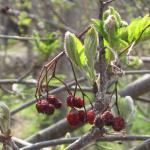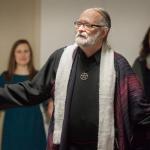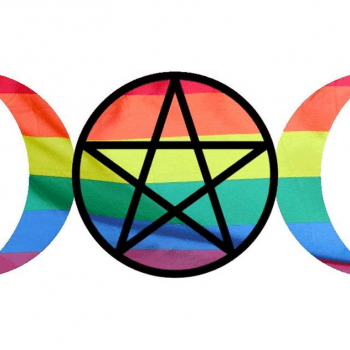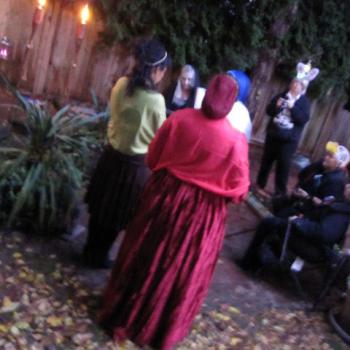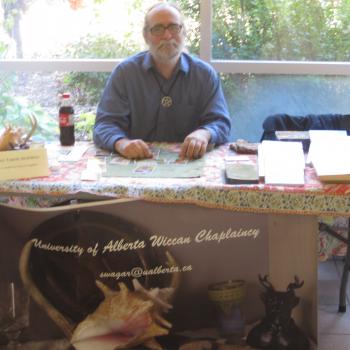What Is Lore
Lore, briefly, is the body of common knowledge shared by a group of people. It is “the things everybody knows”, “the things everybody needs to know”, “the way we do things” – specialized in-group knowledge, styles, technical expertise, and language that may or may not have any practical, direct, utility but serves as a general framework of ideas and practices inside a particular group. Doxa, the ‘common-sense’ that ‘everybody knows’ is created in society as a folk process

There was a time, not that long ago, when a common set of reference points anchored our whole culture. There was a common store of stories, myths, and songs as well as ideas about religion that were close to universally known. They were principally Christian stories and ideas, supplemented with Shakespeare – these were the common lore and property of our culture. Because of this common lore people of a range of backgrounds and differences could nonetheless easily and quickly communicate complex associations and ideas to each other, with this shorthand of common symbols. It was a kind of cultural community property, a shared cultural capital.
The Wicca-based religious movement also has an accumulated body of lore, including stories, history, rituals, songs, dances, myths and theology. Some are things we borrowed or appropriated from other places – from other religions or cultures, from research into the origins of our beliefs and mythology, and even from popular fiction – but many of these things we have made up or the Gods have given us. It is through this body of lore that we can make meaningful experiences and pass along insights about the Gods and our relationships to Them, and develop these insights together. We can rebuild this lost cultural, spiritual capital.
Because of the belief that older ways and ideas are somehow more ‘authentic’ we don’t prize our own creativity or acknowledge our folklore processes enough. But many traditions claiming to be ancient were really created recently and the claims of great antiquity are frequently part of the process of the creation of authenticity. In this conversation I am going to say that what is authentic is what works without stealing intellectual or cultural property or lying about origins. My rituals frequently are examples of bricolage but I always cite my sources and develop the ideas I borrow to suit my purposes and our beliefs.

This religious movement really has several bodies of lore, which initially were inspired by the same things but which have grown separately, one or more for each of the main approaches to our common religion. Group of believers and practitioners accumulate common songs and stories which have value and meaning and are useful to them, but which are less useful to people that do not share their fundamental beliefs and assumptions and reference points.
As ordinary Pagans undertake research into the mythology and stories of the Gods they are involved with, by reading some of the classic literature to understand how our ancestors interacted with these Gods, and through performance of ritual and reflection on it, a body of theology and references develops. By retelling the stories, writing and singing songs, and through the casual everyday relationships believers will develop with our Gods, and principally through our use of these ideas, chants, references and so on, a body of lore comes into existence. Nothing too mysterious or complicated involved and not something that only the Grand Poobah or Exalted Lore-Mistress of your group can do or talk about.
These bodies of lore tend to be self-reinforcing and internally consistent – that is, parts of it refer to other parts of it, although they are not monolithic and closed – authors in the same stream of things tend to quote each other, rituals refer to particular calendar dates, particular myths and stories are referred to much more often than others and so on. And so gradually different bodies of lore become more and more distinct and it becomes obvious that the groups using them are different.
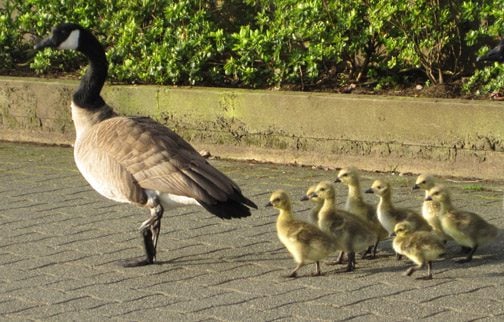
These bodies of lore also include those lists of “what it is important to know” ranging from herbalism to details of mythology and ritual (whether or not these things will ever be used – often esoteric details or specialized knowledge are only used as markers of membership in a group, and not for any practical purpose). Each overlapping body of lore is tied to practice, however – to religious and ritual practice. And it is the ritual-linked lore that I am concerned with here. High Church Inner Court and Low Church Outer Court ( reflecting my Anglican origins here – Anglicans distinguish High and Low Church (Protestant and Anglo-Catholic branches, which I’ll analogize with Inner and Outer Court) work with the same general bodies of lore as do Orthodox, Conservative, Reform and Reconstructionist ( this Jewish distinction between Orthodox etc seems more useful – to see a spectrum of belief and practice within our movement rather than an either / or binary) differing in the latter cases by how much they are willing to add in and expand past the clear boundaries of Wiccan ritual and beliefs. I am Conservative in that spectrum, generally developing a ritual and practice similar to Gardnerian Wicca, but comfortable with experiment and mix and match within that overall approach.
We also need to distinguish between OrthoDOXY and OrthoPRAXY – between “correct” beliefs and practice – again, I am more interested here in practice than beliefs.
Next week “How to Choose What to Include?”

